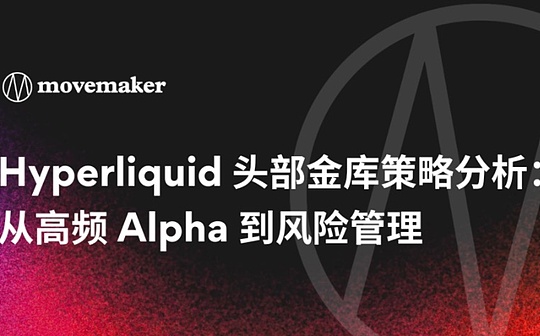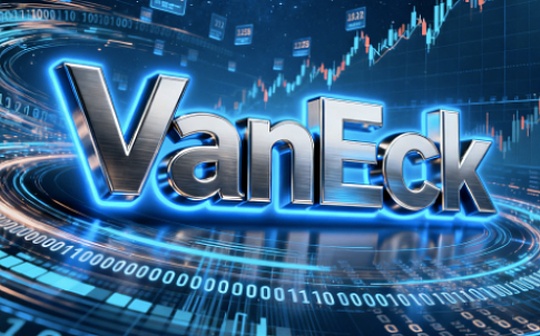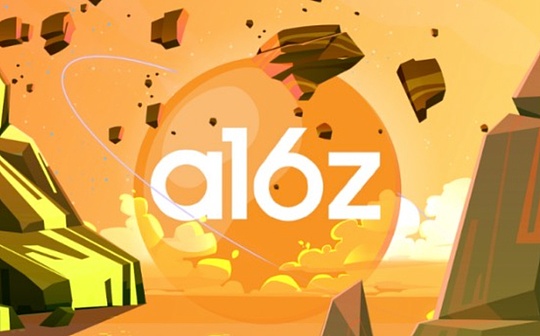
Author: ian.btc | 0xWorkhorse, Compiler: Shaw Bitcoin Vision
With Aave’s total value locked (TVL) soaring to $70 billion, accounting for over 80% of the DeFi lending market, the protocol is preparing to launch its most ambitious upgrade yet: Aave V4 – expected to launch in Q4 2025, and I’m eagerly awaiting its arrival.

As I’ve stated before, the V4 upgrade introduces a hub-and-spoke architecture that solves the “profit-driven liquidity” trap—where short-term capital that pours in during incentive programs disappears without a trace once the rewards disappear—while laying the foundation for truly frictionless cross-chain operations.
By centralizing liquidity, modularizing risk, and creating a path to institutional adoption, V4 positions Aave not only as a market leader, but as a potential liquidity network for DeFi as a whole.
Profit-driven liquidity trap: DeFi’s Achilles’ heel

Since the rise of the DeFi Summer liquidity yield craze in 2020, DeFi has been grappling with a structural flaw: profit-seeking liquidity.DeFi protocols often rely on token issuance or yield incentives to attract capital, thus attracting liquidity providers (LPs) chasing high APR/annualized returns.But once the returns taper off, the money will go somewhere more profitable.
The result: unstable TVL, rising borrowing costs, and fragile lending markets.
The post-2022 bear market is rife with this behavior – many incentive-driven forks and layer-2 markets saw TVL plummet by 80%-90% after the token issuance cliff.
While participants like us benefit in the short term, overall the impact on the broader DeFi movement is not particularly positive.
In short, this cycle undermines DeFi’s promise of stability and decentralization.Although Aave is dominant, with $28 billion in active loans, and recently generated $15 million in monthly revenue from flash loans, interest, and liquidations, it faces similar challenges.
CEO Stani Kulechov recently highlighted the risks:
“We are proud of the work the Aave Labs team has done on Aave V4, our most ambitious release yet. After 18 months of design, we are tackling the core problem of liquidity head-on.”
V4’s solution lies in a reimagined architecture that prioritizes user retention over ephemeral incentives.
Hub-and-Spokes: Reconstructing Liquidity for Stability
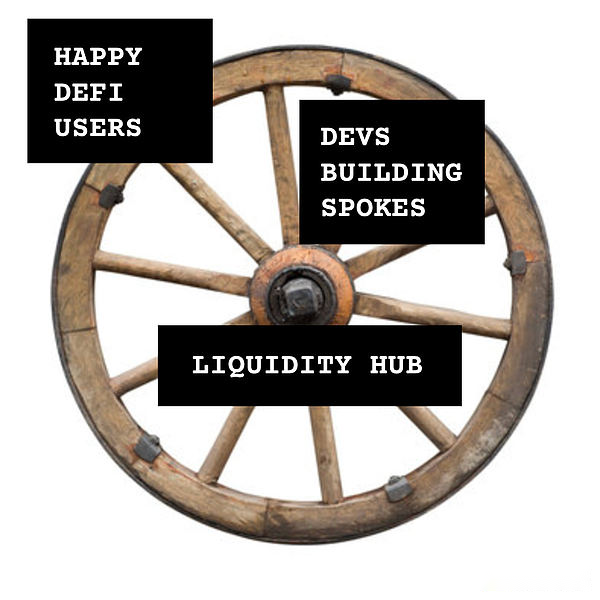
At the heart of Aave V4 is its Hub-and-Spokes model, a structural reform designed to eliminate liquidity fragmentation and speculation.
The liquidity hub acts as a centralized settlement layer, pooling funds and serving as the backbone of the protocol’s risk management, accounting and governance.Spokes are modular extensions connected through DAO-governed credit lines, enabling specialized lending strategies – such as margin trading, AMM staking or tokenized real-world assets (RWA) – without creating liquidity isolation.
This setup turns the incentive model on its head.
Instead of chasing yield in decentralized pools, liquidity providers provide funds to a hub, which dynamically allocates funds to branches based on demand and risk parameters.The new reinvestment module can automatically guide idle funds to low-risk, high-yield investment opportunities, thereby further improving efficiency and increasing returns while reducing transaction costs.
As Stani points out, this feature was added “on the fly” inspired by Ethena, allowing the protocol to deploy idle funds from the pool into high-liquidity yield strategies.Early simulations suggest this could improve capital efficiency by 20%-30%, which is pretty staggering.
All of this combines to create what Aave calls a “liquidity network effect.”By centralizing funds in 1-3 hubs per network (e.g. tailored for stablecoins or volatile assets), V4 ensures that deep liquidity pools do not evaporate following incentives.
For participants like us, this means more stable returns; for borrowers, it means lower slippage and consistent access to funds.
Governance as guardrails
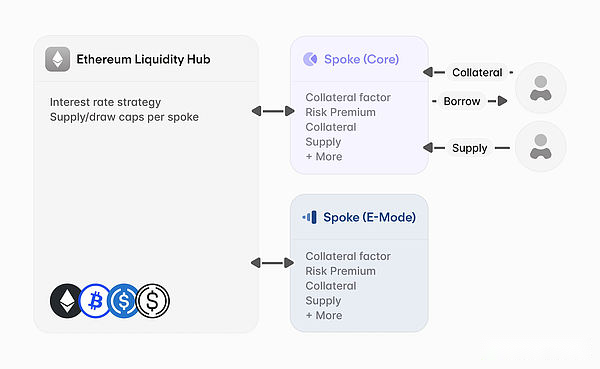
With all of these technological innovations on the horizon, it’s worth noting that Aave V4’s success actually hinges on its DAO-driven governance model, which replaces ad hoc incentives with (hopefully) structured controls.
In short, the DAO sets credit limits and risk parameters for each Spoke to ensure that liquidity allocation complies with preset boundaries.This “risk ladder” approach segments Hub by asset class — conservative for stable assets and experimental for niche markets — which ideally isolates potential losses.
For example, if the Spoke of a high-risk asset fails, its capped credit limit prevents the crisis from spreading to the Hub, which can prevent losses similar to Mango’s $100 million on Solana in 2022 – V4’s limiting controls can curb losses.
So when a breach inevitably occurs, there are ways to deal with it.
The improved liquidation engine further improves resilience, effectively solves the problem of insufficient collateral, and protects core assets.This governance-first model ensures that V4 can support innovative use cases without sacrificing stability, a critical step in ending the boom-and-bust cycle of speculative capital.
Economic flywheel: Sustainable returns trump short-term profit inducements
Well, there is one more bright spot on how to deal with profit-seeking liquidity: V4’s economic design.This step is significant because it truly breaks away from the constraints of profit-seeking liquidity.By aggregating funds in the Hub, Aave reduces the need for token issuance, which can account for more than 50% of protocol spend on other competing platforms – which is pretty staggering.
Instead, V4 introduces a revenue sharing model with third-party Spoke.Developers building specialized marketplaces—such as Spokes for tokenized real estate or gaming assets—can take advantage of the Hub’s liquidity while returning a portion of the fees to the DAO.
This creates a flywheel effect: more Spokes attract more users, increasing Hub deposits and fee income, thereby strengthening the DAO’s treasury.
Aave’s current financial position highlights its potential – year-to-date revenue is $86 million, and more than 100,000 tokens have been repurchased, worth approximately $27 million, which has reduced the circulating supply and increased the token value.V4’s structure may further amplify this effect, with fee income potentially doubling as new markets expand.More revenue means higher annualized returns and more satisfied participants.
Summarize
While the main focus of V4 may not be to curb profit-seeking liquidity, I think it will be a huge side effect that will fundamentally change the way DeFi revenue works.
Additionally, all of the above factors have also attracted institutional investors who have historically been wary of DeFi volatility.By curbing speculative capital flows, liquidity centers provide the deep, stable capital pools businesses need, similar to the market depth of traditional finance.
Features such as segregated collateral vaults (compatible with custodians like Gnosis Safe) will allow institutions to participate without exposing assets to volatile markets, while tight credit limits ensure predictability of risk.
All of this is good for adoption and could potentially free up significant amounts of idle capital, as hedge funds and asset managers can leverage V4’s infrastructure for arbitrage or tokenized asset lending without having to worry about post-incentive outflows.
All in all, the V4 is ambitious and exciting.In my opinion, its launch is likely to mark an important turning point in DeFi – and will certainly mark a major change in the way I farm liquidity yields.

